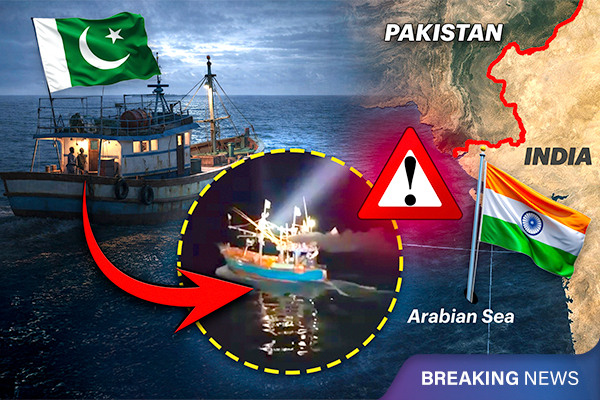Lunar Mission: Russia’s Luna-25 Crashes on Moon
The Luna-25 probe, Russia's first Moon mission in 47 years, has crashed on the Moon after an incident during pre-landing manoeuvres.
A Soyuz rocket carrying the Luna-25 blasted off from the Vostochny cosmodrome at 2:11 a.m. Moscow time on 11th August 2023. The Russian lander entered the moon's orbit on 16th August 2023 and was due to attempt a soft landing on the moon’s South Pole on 21st August 2023. The original mission's objectives included a year-long stay on the Moon, during which Luna-25 would collect soil samples and search for water.
Cameras aboard the lander had already captured images of the lunar surface. Russia had not attempted a moon mission since Luna-24 in 1976. This was its first moon mission after 47 years. Over the past three decades, Russia has considered various moon missions which were delayed or shelved amid the chaos of the 1991 fall of the Union of Soviet Socialist Republics and after that economic and political turmoil. However, Luna-25’s lander failed after the spacecraft spun out of control and crashed into the Moon's surface. Roscosmos, the Russian state space corporation, lost contact with Luna-25 shortly after a problem occurred during its pre-landing orbit on 19th August 2023.
Measures taken on 19th and 20th August to locate the lander and make contact with it were unsuccessful. Roscosmos said an investigation would be launched into the causes of the crash, without giving any indication of what technical problems might have occurred. In June this year, Yuri Borisov, the head of Roscosmos, had said that this mission has a roughly 70 percent chance of success. Russia's failed lunar mission coincides with India's Chandrayaan-3. Like Luna-25, Chandrayaan-3's Vikram Lander also aims to land on the south pole. It is being said that there is water ice available on the south pole of the moon.
China too plans to send astronauts to the south pole of the moon in 2030, USA has already planned to send its astronauts to the south pole of the moon. Russia has already planned Luna-26 and Luna-27 in the next couple of years. If Luna-25 and Chandrayaan-3 land on the south pole of the moon, it will help these missions also in the future.
Now let us see some of the differences between Chandrayaan-3 and Luna-25
|
Chandrayaan-3 |
Luna-25 |
|
40 days to land on moon |
10 days to land |
|
Medium lift rocket - PSLV -C3 cheaper than Soyuz - Only 59 launch missions |
Heavier lift rocket - Soyuz - Double the price of PSLV-C3 - underwent 2400 launch missions |
|
3921 kg |
1750 kg |
|
Uses lander and rover |
Uses only lander |
|
Expected mission life 14 earth days as less power supply, more heavy, lesser technology than Russia and very less budget. |
1 year - more power supply, less heavy, better technology and more budget |
|
Budget - Rs 615 Crore |
Budget - Rs 16,000 crore |
These are some reasons why Chandrayaan-3 took a longer route and Luna-25 shorter. Chandrayaan-3 in de-orbiting maneuvers slowly reduced the speed so that it can land safely on the moon. ISRO chairman S Somanath has said that the entire design of the Vikram lander has been made in a manner that makes sure that it would be able to handle failures, “If everything fails, if all the sensors fail, nothing works, still Vikram will make a landing. That’s how it has been designed.” Chandrayaan-3 is set to land on the moon on 23rd August 2023, around 6:04 PM. If India achieves the landing, it will join the coveted list of countries such as Russia, the United States and China to have landed on the moon. However it will be the first to land on Moon's south pole. Let's hope for the best. Keep watching ISH News as we bring you the updates.







